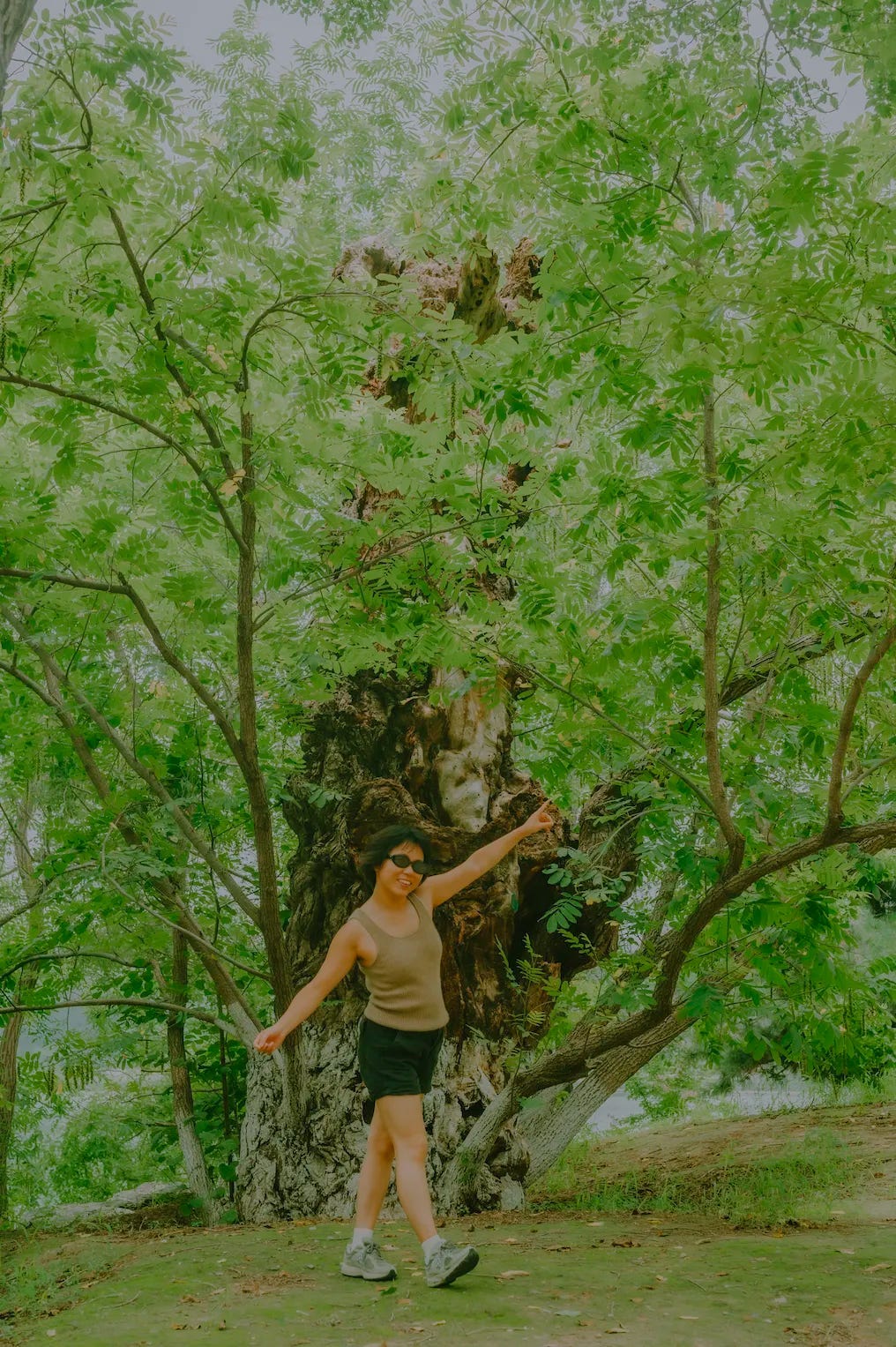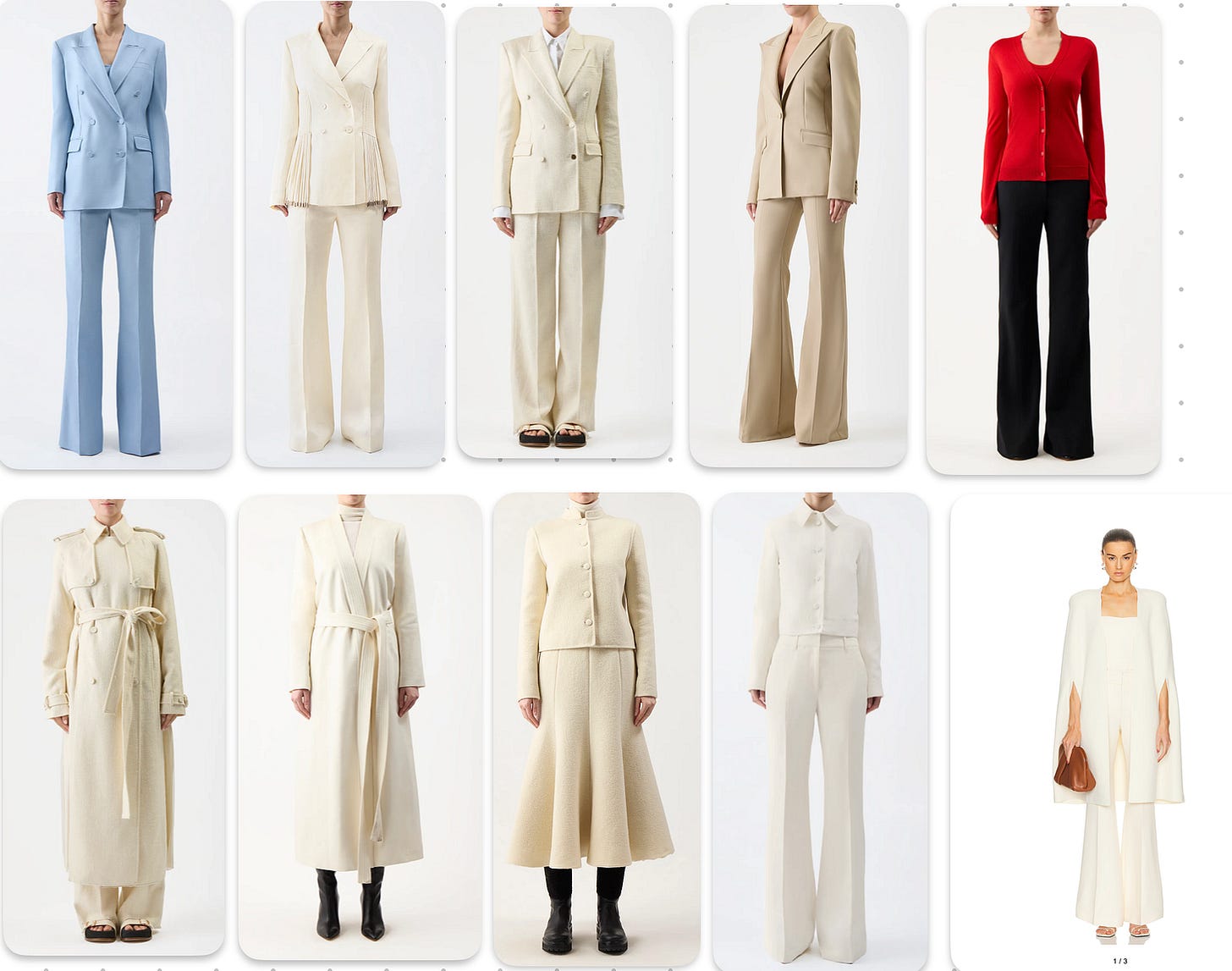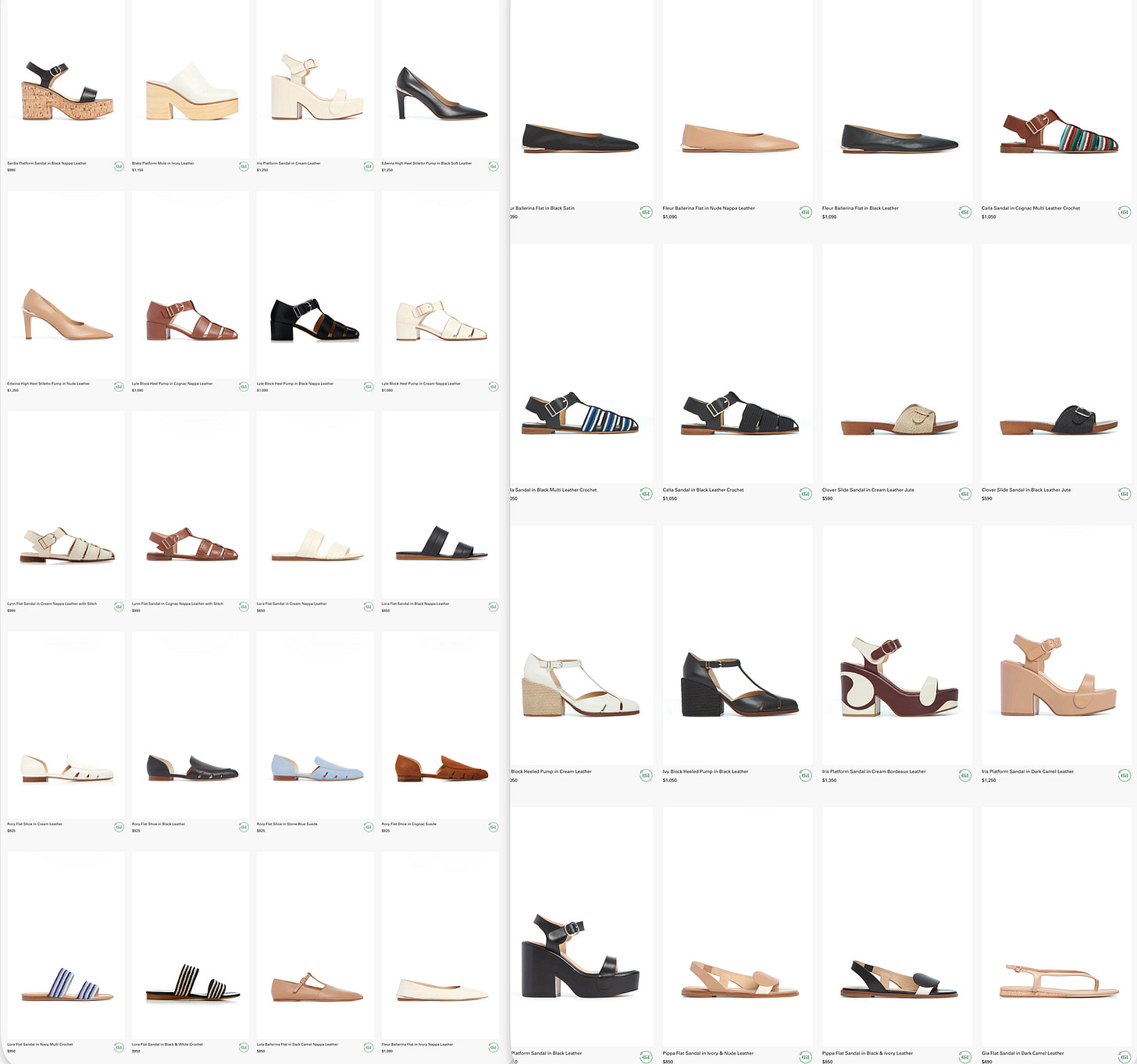Gabriela Hearst | Seventh-Generation Rancher from Uruguay and the Most Environmentally Conscious Designer
Gabriela Hearst : Seventh-Generation Rancher from Uruguay and the Most Environmentally Conscious Designer
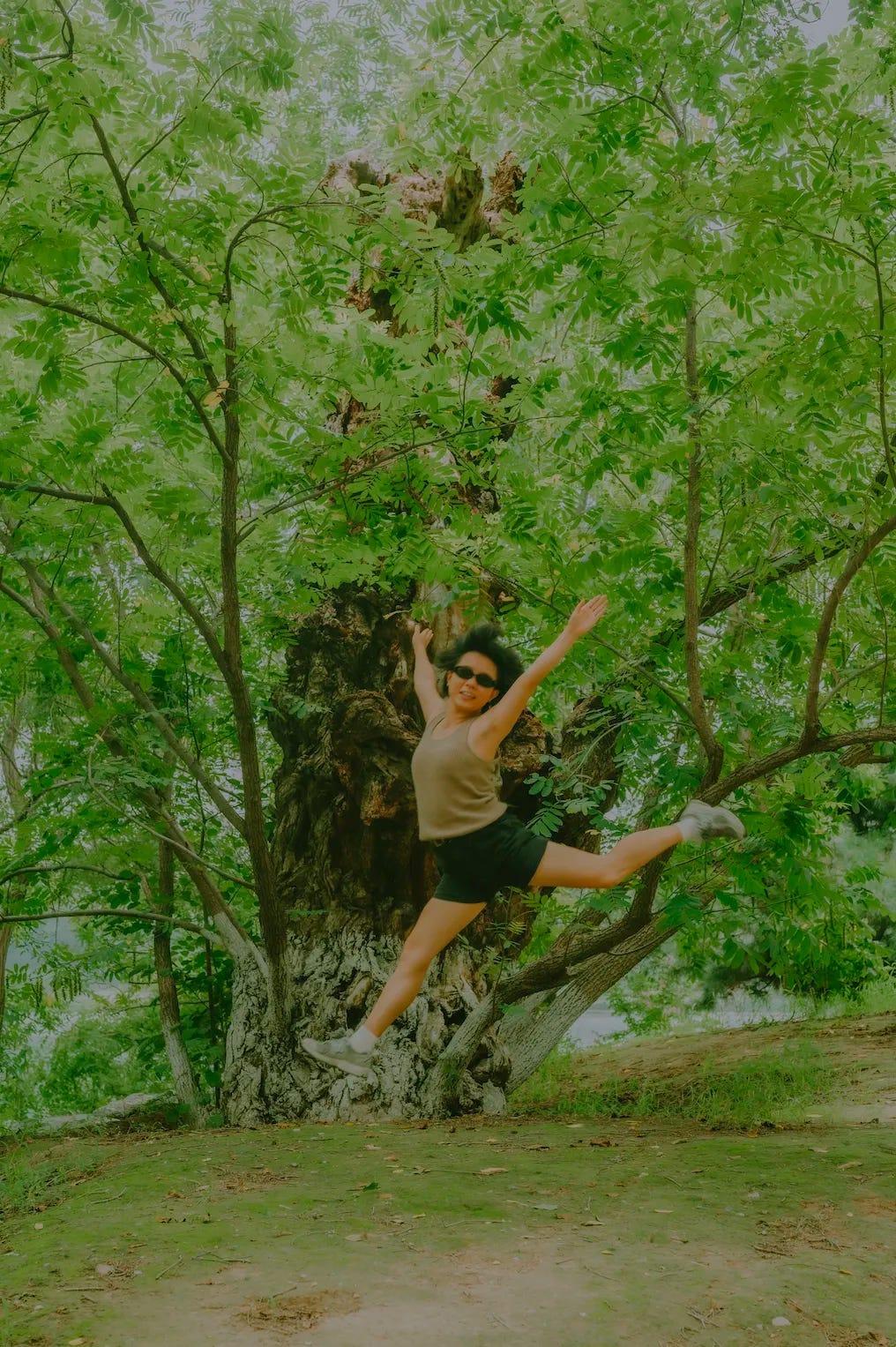
Overall, Gabriela Hearst is more suitable for women over 40. The styles are not as design-centric as those previously introduced from The Row, Toteme, By Malene Birger,Cult Gaia and Khaite
Since the founder grew up on a family ranch in Uruguay, the designs are more traditional, rural, and even simple. Sustainability and environmental protection are the brand’s core values. The founder is committed to the welfare of impoverished children and women worldwide and often donates the brand’s revenue to charity organizations.
She resembles a fashion designer who is also a social activist, which has earned Gabriela Hearst several environmental fashion design awards.
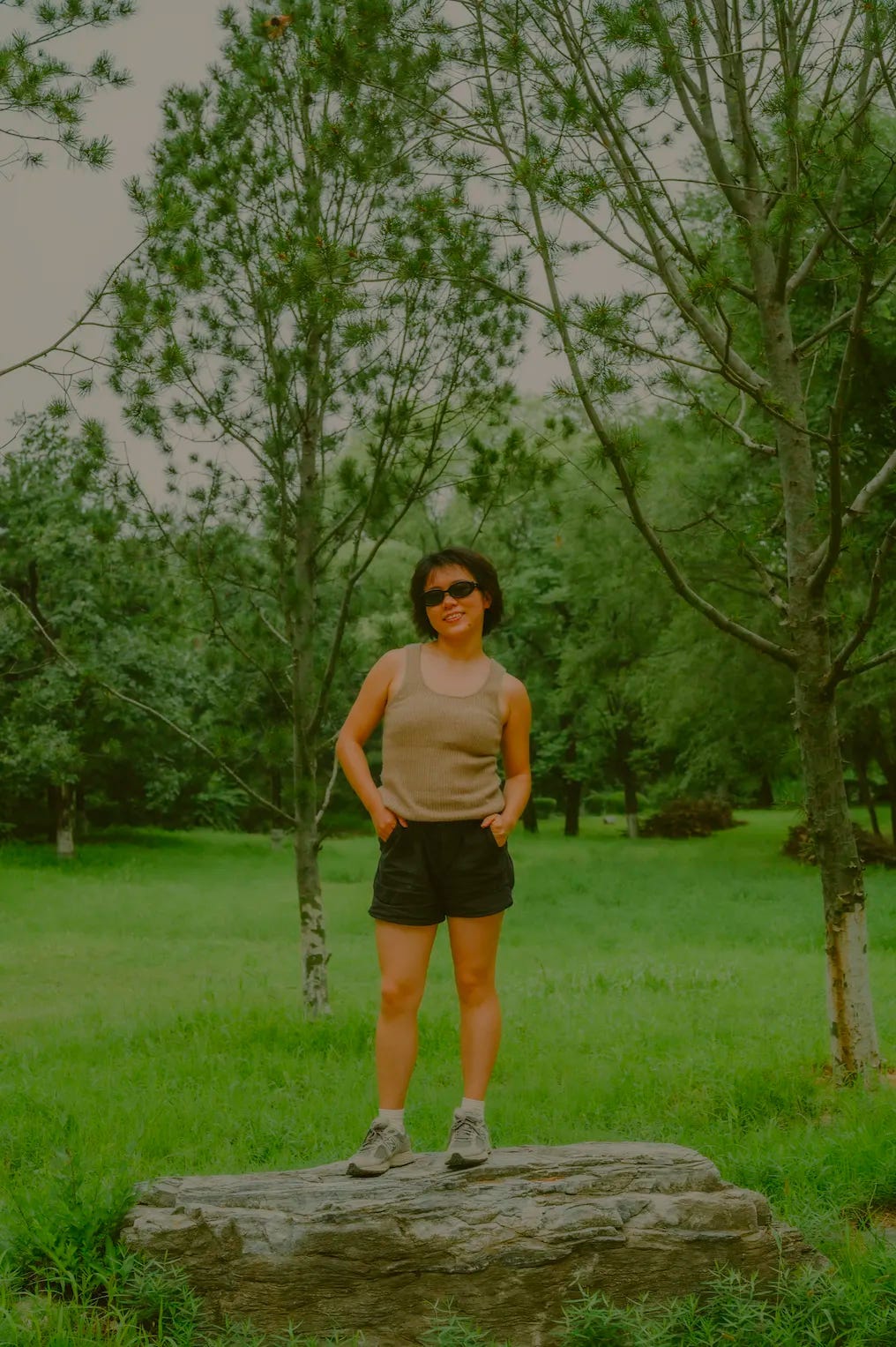
01
Gabriela Hearst’s characteristics can be summarized in a quote from a Net-A-Porter editor:
“It’s Hearst’s ability to blend craftsmanship and cutting-edge design with a focus on sustainability that sets her apart.”
Nadia Narain, a friend of Gabriela, has the following to say about her:
“She sees people.” Gabriela actively speaks up for her team, attributing the brand’s success to a talented team.
Gabriela cares most about the environment and protecting the Earth.
As a woman, she understands what female consumers want to wear. Each collection is inspired by great women throughout history.
She emphasizes durability. Her designs stand the test of time.
The last two points are common among these quiet luxury brands: The Row, Toteme, By Malene Birger,Cult Gaia and Khaite, and even Jil Sander and Phobe Philo, where the founders are strong women, unlike the male-dominated fashion world of the 20th century.
02
Key Milestones of Gabriela Hearst
1976: Gabriela Hearst was born into a family with six generations of ranching history in Uruguay, growing up on a 17,000-acre ranch surrounded by cattle, sheep, and horses. She has always respected and loved nature, which is reflected in her environmentally focused fashion brand.
She attended the best school in Uruguay from ages 5 to 17, then went on an exchange program to Australia, briefly lived in Paris, and eventually moved to New York for university.
2003: Gabriela, along with two Latin American partners, founded the Candela brand with an investment of
1M in revenue in its first year. By 2009, 60% of revenue came from footwear.
2011: She inherited her father’s ranching business, becoming the seventh-generation family operator.
2012: After 11 years in fashion design, she became a member of the CFDA (Council of Fashion Designers of America).
2015: The Gabriela Hearst brand officially launched, debuting its FW women’s collection, centered on the values of Long Term View and Sustainability.
Before creating Gabriela Hearst, she felt out of sync with current trends, so the brand reflected a slower pace and process.
“I wanted to create a brand that had that feeling of things that are well made and long lasting.”
The brand partnered with Manos del Uruguay, a 50-year-old nonprofit organization, to have its handmade fabrics woven by rural women.
2016: The first handbag was launched with an eco-friendly concept, produced in limited quantities and available only to applicants. The brand won the International Woolmark Prize USA for its original designs and use of Merino wool.
2017: For its first runway show, the brand used about 30% deadstock fabric, introduced biodegradable TIPA packaging to reduce plastic use, and developed silver-plated fabric with antimicrobial and electromagnetic shielding properties. The brand also started using aloe-treated linen, which is less harsh and requires less water than cotton.
Gabriela visited Turkana County in Kenya, a region severely affected by climate change, and pledged to raise $600K to help.
Back in New York, she allowed Net-A-Porter and Bergdorf Goodman to sell her bags, raising the pledged amount in two days to support over 1,000 families.
2018: Gabriela Hearst opened a showroom in Paris and committed to eliminating plastic in production and sales, using only biodegradable packaging. She received Pratt’s Fashion Visionary Award and twice made Vogue’s Top 10 New York Fashion Week Collections. In November, she opened the first offline flagship store at 985 Madison Avenue, New York, using 90% recycled materials, light-sensitive lighting, and avoiding synthetic and chemical materials.
2019: LVMH made a small investment in the brand. Gabriela Hearst opened a shop-in-shop at Bergdorf Goodman, further advancing its environmental goals by eliminating plastic packaging and switching to recycled cardboard hangers. The brand launched a menswear line, sold at Mr. Porter and Bergdorf Goodman. That same year, Gabriela Hearst opened a standalone store in London at 59 Brook Street, constructed primarily from recycled wood, and a shop-in-shop at Harrods. Both locations were designed by Pritzker Architecture Prize winner Norman Foster.
This designer also worked on Apple’s campus, the German Reichstag, and the Bund Finance Center in Shanghai.
2020: Gabriela Hearst continued her environmental efforts, aiming to have 50% of her materials be non-virgin by 2020. For instance, cashmere products were made from unsold cashmere from the previous year, deconstructed and re-knit.
The brand collaborated with EON to give each garment a digital ID, allowing customers to trace the production process.
Gabriela was appointed as the creative director of French fashion house Chloé, while still managing her own brand. She won the CFDA Womenswear Designer of the Year award and the 2020 Fashion Award in the Environment category.
She also held her first carbon-neutral runway show at Paris Fashion Week, taking active steps to reduce carbon emissions, such as using electric transport and recycled materials, and ensuring that waste generated could be recycled.
2021: Gabriela Hearst designed the inauguration gown for First Lady Dr. Jill Biden, which was later added to the Smithsonian’s National Museum of American History’s First Ladies Collection. That year, she continued to donate most of her profits to Save the Children.
2022: Hearst participated in the 27th United Nations Climate Change Conference in Egypt, discussing the critical role of fusion energy in addressing climate change. She also opened a retail agent store in Seoul.
2023: After leaving Chloé, Gabriela Hearst’s brand continued to focus on sustainability, exploring new eco-friendly materials and processes and promoting charitable initiatives through partnerships with organizations like Save the Children. The 2023 collection included footwear in collaboration with Tricker’s, a shoemaker established in England in 1829, and fragrances in partnership with Fueguia 1833, a high-end Argentine brand founded in 2010 known for its natural and organic ingredients.
Fueguia is known for its natural and organic approach, using ingredients sourced from nature rather than chemical compounds.
Gabriela Hearst participated in the 28th United Nations Climate Change Conference in Dubai, continuing to advocate for fashion sustainability and inclusive fusion energy solutions.
She also continued her collaboration with Foster + Partners, opening her third standalone store in Beverly Hills.
2024: Gabriela received the TIME Earth Awards from Time Magazine.
03
Since launching handbags in 2016, Gabriela Hearst’s bags have become incredibly popular. Her experience designing shoes for Candela in 2003 also shines through in her original and exquisite footwear designs. The most famous of her bags is the Wonton bag.
Her clothing, including dresses, skirts, and shirts, leans more traditional and conservative, with less skin exposure, making them suitable for calm and understated women over 40. The silhouettes are also looser, often carrying a rural vibe.
Most of her dresses resemble the one on the far left in the image below, reminiscent of Ada, the protagonist in “The Piano.” There’s always a hint of rural charm, even in the skirts on the right.
Gabriela Hearst’s suits also have an old-school feel, suitable for women over 30. The blazers are particularly structured, often paired with flared pants.
Many of Gabriela Hearst’s shoes are high-heeled, and even the low-heeled ones have a hard sole, making them suitable for those with less physical activity.
Overall, Gabriela Hearst’s designs are more appropriate for older women. The structured silhouettes reflect the founder’s age of 44. In contrast, the brands previously discussed — The Row, Toteme, By Malene Birger,Cult Gaia and Khaite — are more suited for younger women.
Postscript
I once read about an unmanned bakery where customers scanned a QR code to pay. Someone asked in the comments how such a business could sustain itself without people taking advantage. The poster replied that the main customers were women.
People like Gabriela Hearst, who take on social responsibility, care for vulnerable groups, and contribute their income and energy to such causes, are rare in the fashion and business world. In my article about Toteme,, I also mentioned the brand’s initial steps towards sustainability. Most fashion brands today only pay lip service to environmentalism for brand image, with little actual effort.
While I’m not particularly interested in Gabriela Hearst’s clothing designs, her biography and personal story are captivating.
Recently, I’ve come across some great stories in books that aren’t available on social media or the internet — stories that only books can capture.
by: pamperherself
The video below shows me baking bread at home. It’s the first time I’ve had an oven to make bread and cookies — things I’ve always wanted to do. Baking is the only reason I go into the kitchen.
I find baking easy, probably thanks to years of playing with Play-Doh in kindergarten.
As a child, when I had nothing to do, I would sit in the yard with a 20cm-high wooden stool, place the Play-Doh on the stool, and shape it into various forms.
When the adults went to work in the fields, they took me along. They wore straw hats and bent over to dig and weed, while I squatted by the field, mixing water from a thermos into the mud to shape it into various forms.
The most memorable shape I made was a rounded square. Among all the clay and Play-Doh shapes I made, this one stands out. I remember holding it in my hand, turning it in the sunlight. Thinking back, that scene was beautiful and would have been great to capture on camera. The quiet countryside, adults working silently in the sweet potato field, and a child quietly playing with her mud shapes.
Compared to writing about these moments, I prefer capturing them with a camera. I’m not good at describing detailed scenes in writing and prefer to state the results directly. Writing novels and stories requires detailed descriptions, which can be dry and uninteresting to read. Some scenes are hard to capture now, so I keep them in my mind, hoping to show them someday.
